Dẫn đầu. đầu dò siêu âm 170khz tại Alibaba.com và chứng kiến những kết quả mẫu mực trong quá trình ấp trứng của bạn. Các. đầu dò siêu âm 170khz có sẵn với nhiều lựa chọn bao gồm các kích thước và kiểu dáng khác nhau để đảm bảo tất cả người mua hàng đều tìm thấy giải pháp lý tưởng cho dù họ có nhu cầu. Bạn có thể là một trang trại gia cầm đã được thành lập, một người mới trong lĩnh vực buôn bán này, hoặc một nhà cung cấp hàng đầu, nhiều loại. đầu dò siêu âm 170khz có sẵn để bạn lựa chọn đảm bảo bạn sẽ có được sự lựa chọn phù hợp cho mình.
Được sản xuất bằng vật liệu bền, chắc, đầu dò siêu âm 170khz có tuổi thọ dài. Chi phí vận hành và bảo trì chúng tương đối tối thiểu vì các bộ phận có thể thay thế của chúng luôn sẵn có. Công nghệ tiên tiến được sử dụng trong những. đầu dò siêu âm 170khz thúc đẩy các biện pháp kiểm soát chính xác đối với nhiệt độ và độ ẩm, giữ dao động ở mức tối thiểu để có hiệu quả hàng đầu không thể tranh cãi. Các. đầu dò siêu âm 170khz có nhu cầu lao động ít nhất trong hoạt động vì chúng được tự động hóa cao ngay cả trong quá trình dọn dẹp và vệ sinh.
đầu dò siêu âm 170khz tại Alibaba.com có đủ không gian ấp trứng cho phép kiểm soát tốt nhất quá trình và thời gian ấp trứng. Một điểm cộng lớn cho. đầu dò siêu âm 170khz là khả năng giữ nhiệt thích hợp của chúng trong thời gian mất điện. Điều này giữ độ ấm cần thiết để ngăn chặn các điểm nóng và lạnh bên trong. Chất lượng của những. đầu dò siêu âm 170khz càng được khẳng định chắc chắn hơn nhờ bảo hành dịch vụ lâu dài của họ.
Nếu bạn đang muốn tiết kiệm tiền và thời gian khi mua sắm trực tuyến, hãy điều hướng qua Alibaba .com, và khám phá những tiềm năng không giới hạn. Hãy tận dụng sự quyến rũ. đầu dò siêu âm 170khz trên trang web và giải quyết sự phù hợp. Nếu bạn muốn bán lại chúng với lợi nhuận, hãy đặt những đơn đặt hàng lớn và được hưởng chiết khấu cạnh tranh nhất. đầu dò siêu âm 170khz người bán buôn và nhà cung cấp.
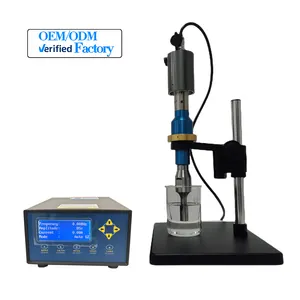











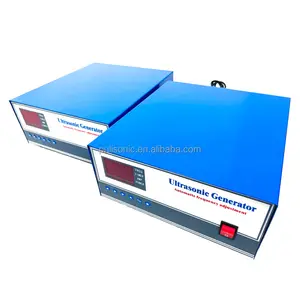








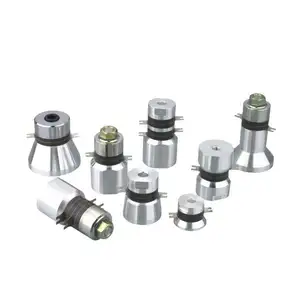

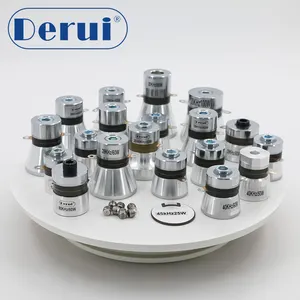



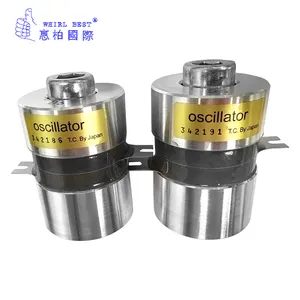



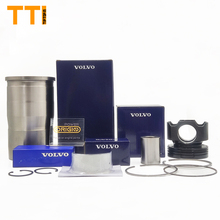


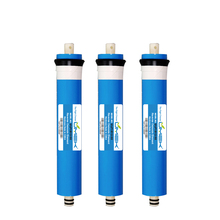


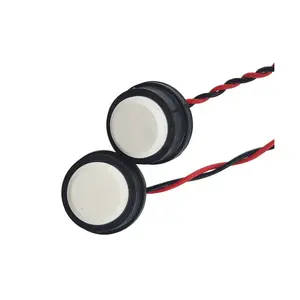
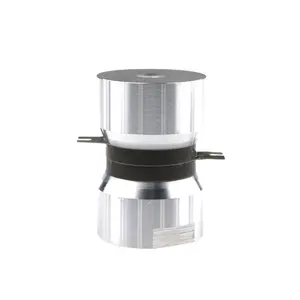
























 浙公网安备 33010002000092号
浙公网安备 33010002000092号 浙B2-20120091-4
浙B2-20120091-4